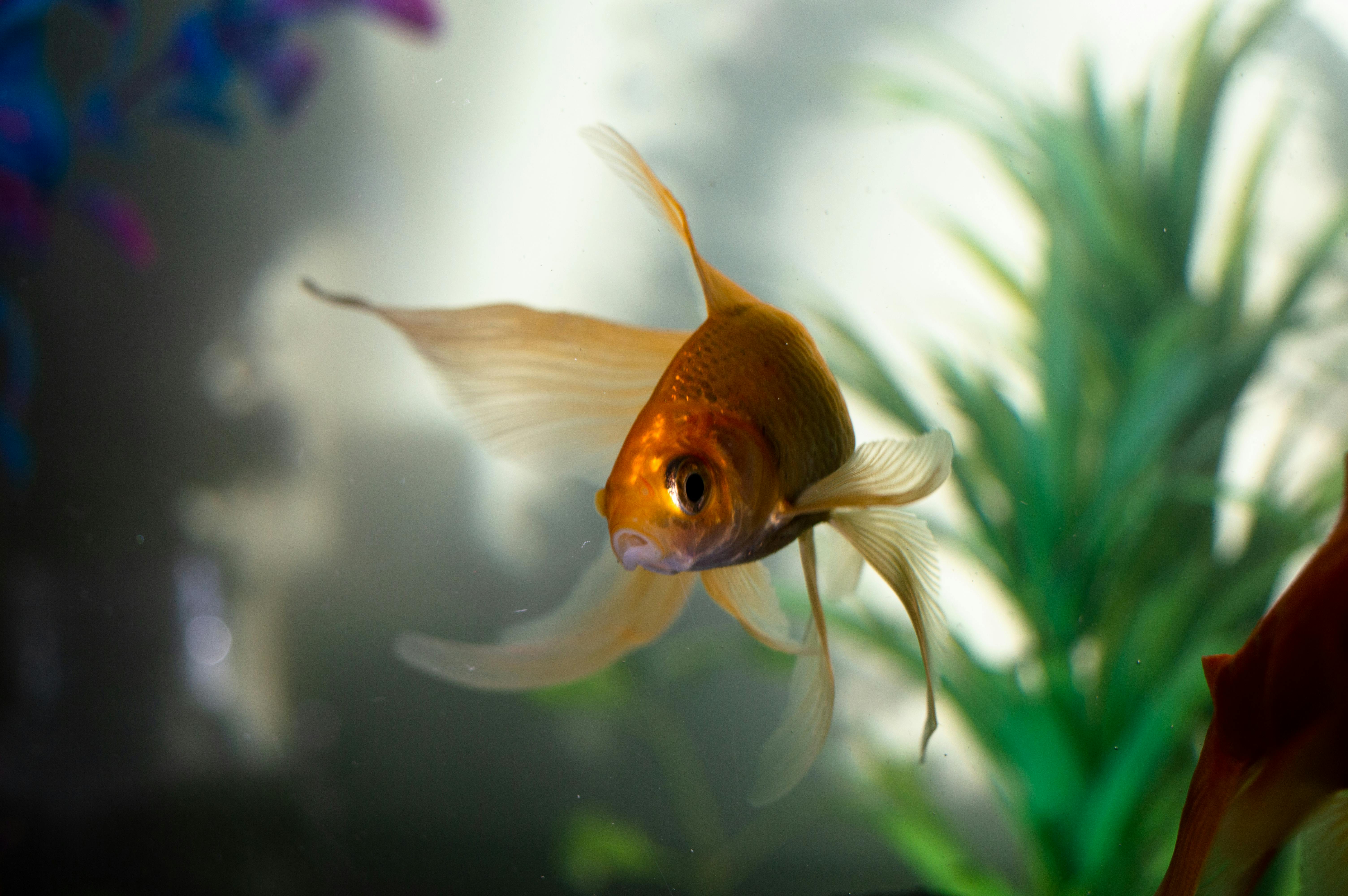The Fascinating World of Ant Farms: A Comprehensive Guide
Introduction: Ant farms: a captivating microcosm of industrious creatures, intricate tunnels, and complex societies. This article offers an in-depth exploration into the world of ant farms, their historical significance, contemporary updates, and their potential impact on the pet industry.

The Birth of Ant Farms
Ant farms, or formicariums, have been around for over a century, capturing the fascination of both children and adults alike. They were first introduced in 1900 by a French entomologist, Charles Janet, who designed the formicarium as a tool for studying ant colonies. The popularity of ant farms skyrocketed in the 1950s when Milton Levine began mass-producing them under the brand name “Uncle Milton’s Ant Farm.” These toys allowed a generation of children to observe the complex and fascinating behaviors of ants in a controlled environment, sparking a lifelong interest in nature for many.
Modern Ant Farms: More Than Just a Toy
Contemporary ant farms have evolved significantly from their roots as children’s toys. Today, they are being used as educational aids in classrooms, research tools in laboratories, and even as unique, living art installations in homes. Modern ant farms come in all shapes and sizes and utilize diverse materials, from traditional sand and soil to nutrient-rich gel. Some even include LED lights and 3D printed structures, providing an enhanced viewing experience.
The Market Impact of Ant Farms
The ant farm industry has been steadily growing, especially with the recent surge in popularity of miniature ecosystems. A basic ant farm can range anywhere from $15 to $30, making it an affordable and educational gift. More elaborate setups with advanced features and larger colonies can go into the hundreds. As people increasingly seek unique, interactive, and educational pet alternatives, ant farms are well-positioned to continue their upward trend in the pet industry.
The Science Behind Ant Farms
Ant farms provide a unique opportunity to observe the complex social structures of ant colonies. Ants are eusocial insects, meaning they live in highly organized societies with different roles, including workers, soldiers, and a queen. Their cooperative behaviors, such as food gathering, tunnel digging, and defending the colony, are intriguing to watch and study. These observations have led to significant scientific contributions, including insights into group dynamics, collective decision making, and the role of pheromones in communication.
The Appeal of Ant Farms
The appeal of ant farms lies in their ability to bring a slice of nature indoors. They offer a fascinating glimpse into a world that often goes unnoticed beneath our feet. Moreover, they require minimal maintenance compared to traditional pets, making them an ideal choice for those who want the rewarding experience of pet ownership without the high level of commitment.
In conclusion, ant farms offer a unique blend of education, entertainment, and fascination. They serve as a reminder of nature’s complexity and beauty, inspiring curiosity and wonder in those who take the time to observe them. While they might not be your typical pet, ant farms are certainly making their mark, one tiny tunnel at a time.





